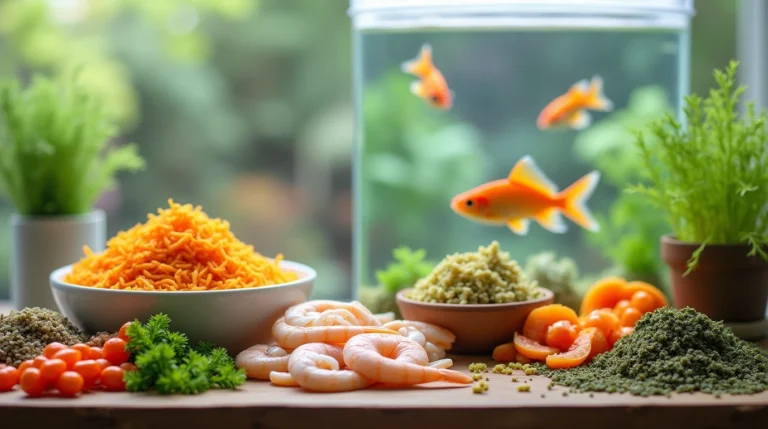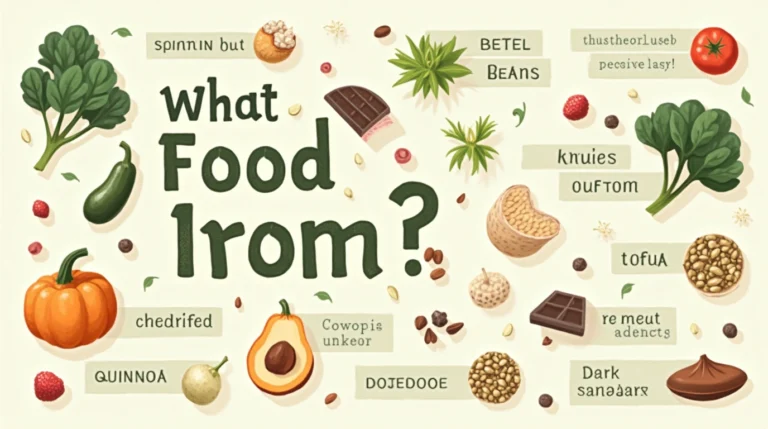Food on Ice : 5 Brilliant Benefits of Displaying
Food displays in ice are not only a feast for the taste buds but also a visual spectacle that adds an element of drama to culinary experiences. Whether it’s at upscale restaurants, seafood markets, or large events, ice displays have become a go-to presentation technique. In this article, we’ll dive into the world of ice food displays, exploring their history, impact on ice food culture, and the technical considerations that go into creating these frosty masterpieces.

Table of Contents
The Origins of Ice Displays
The use of ice to preserve and present food dates back centuries. Early civilizations, especially in regions with cold climates, discovered that ice could be an effective means of refrigeration. In ancient China, ice was used to store food during warmer months. Over time, people began to experiment with using ice not just for preservation, but for aesthetic purposes as well.
In the 19th century, as ice harvesting and refrigeration techniques became more advanced, the practice of displaying food on ice became popular at grand banquets and buffets. Ice sculptures and elaborate displays became symbols of luxury, craftsmanship, and hospitality. Today, ice displays continue to evoke a sense of elegance and refinement, especially in high-end catering, weddings, and prestigious events.
Types of Ice Food Displays
Ice displays are incredibly versatile and can be adapted to suit various types of igrub and events. Some of the most common food items displayed on ice include:
- Seafood: Ice is an ideal medium for showcasing seafood such as oysters, shrimp, lobster, crabs, and fish. The cold temperature helps to maintain freshness, keeping the seafood at its peak quality. A well-executed seafood display on ice can make a bold statement, with the glistening shellfish arranged artistically and garnished with fresh herbs and citrus slices.
- Fruit and Vegetables: Fruits like melons, berries, and grapes can be displayed on crushed ice or carved into ice bowls. The ice helps keep the produce cool, especially for outdoor events where temperatures might be high. Vegetables like cucumbers, carrots, and radishes can also be arranged on ice to create visually striking platters that emphasize freshness.
- Salads and Cold Dishes: Ice can help preserve the crispness of salads and cold side dishes. Displaying salads in chilled ice trays or bowls can ensure that they stay fresh and visually appealing throughout an event.
- Carved Ice Sculptures: Ice sculptures are often used as a centerpiece for grub displays, especially in luxury settings. These sculptures can be intricate works of art, ranging from simple geometric shapes to elaborate designs depicting animals, flowers, or even the event’s theme.
- Buffets and Gala Dinners: For large-scale events like weddings, galas, or corporate events, ice is used not only to keep grub fresh but also to enhance the presentation. Ice tables, carved ice trays, and ice sculptures set the tone for a sophisticated and grand experience.

The Art of Creating Ice Food Displays
Creating an eye-catching grub display using ice involves skill, creativity, and precision. A typical process might include the following steps:
- Choosing the Right Ice: Clear, high-quality ice is essential for grub displays. The ice should be free from bubbles, impurities, and cloudy spots, which can detract from its visual appeal. Some chefs and caterers opt for specially made ice blocks or large ice cubes, while others may carve ice from large blocks to achieve the desired effect.
- Carving and Shaping the Ice: Skilled artisans or chefs use chisels, saws, and specialized carving tools to create intricate ice sculptures. Whether it’s an ice bowl to hold fresh fruit or an ornate ice swan for a seafood spread, carving requires patience and practice. The process is meticulous, as the ice needs to maintain its shape while also ensuring the safety of the grub displayed on it.
- Maintaining Temperature: One of the challenges of using ice as a food display medium is ensuring that the ice remains cold enough to preserve the grub. Ice should be replenished regularly, especially in warmer environments, to maintain its effectiveness as a cooling agent. For larger events, it may be necessary to have refrigeration systems in place to help with ice longevity.
- Presentation Techniques: Once the ice has been shaped and the grub is arranged, presentation becomes key. Garnishes like herbs, citrus slices, and edible flowers can complement the ice and enhance the overall aesthetic. The grub should be arranged neatly, with enough space between items to showcase their natural beauty.
The Aesthetic Appeal of Ice Displays
There’s no denying the visual allure of grub displayed on ice. The contrast between the crisp, cold texture of the ice and the vibrant colors of the grub creates a striking effect. The natural translucence of ice enhances the appearance of food, giving it a gleaming, fresh look that invites the viewer to take a closer look.
Whether it’s the sparkling freshness of a seafood platter or the vibrant hues of seasonal fruit, grub displayed on ice can create an atmosphere of opulence. It’s a great way to elevate the dining experience, making the grub feel more special and indulgent.
The Practical Benefits of Ice Food Displays
Aside from their visual appeal, ice displays serve several practical purposes. The cold temperature keeps perishable foods fresh for longer periods, ensuring that guests can enjoy safe, delicious viands throughout the event. The ice also helps to maintain texture and prevent wilting in delicate items like salads and seafood.
In addition, the use of ice is particularly useful in outdoor events or in warm climates where chow preservation can be a challenge. Ice tables or refrigerated ice trays can be set up to offer a convenient, mobile solution to keep vittlescool in less-than-ideal conditions.

Conclusion
Ice displays are much more than a beautiful way to present grub. They are a celebration of craftsmanship, creativity, and preservation of eat. From seafood on ice to intricate ice sculptures, this practice adds a touch of elegance and sophistication to any event. When done correctly, ice displayed in ice is not only an eye-catching masterpiece but also a practical way to maintain freshness and keep safe for consumption.
As you plan your next event or visit a fine dining restaurant, take a moment to appreciate the artistry of ice displays. They are a true testament to the intersection of culinary expertise and creative presentation.







